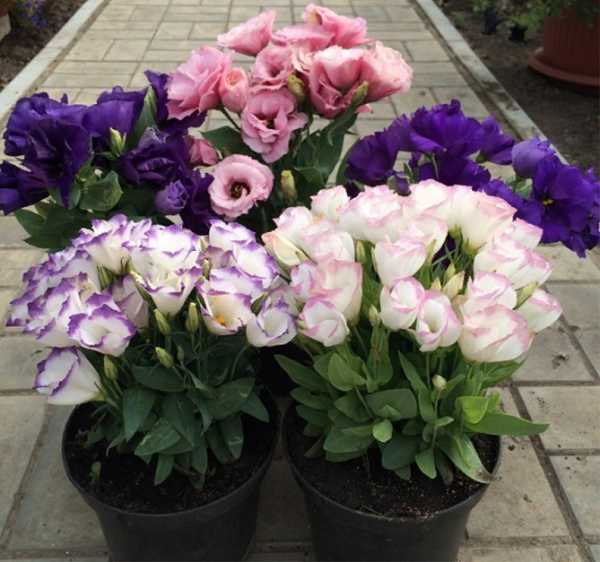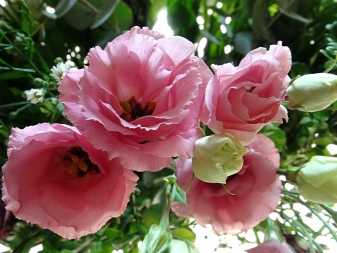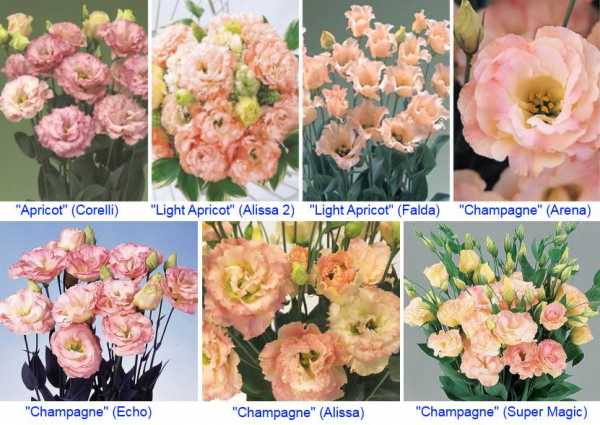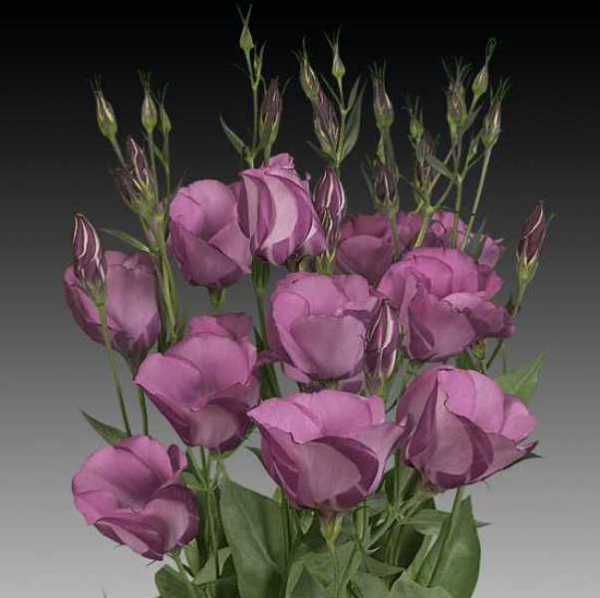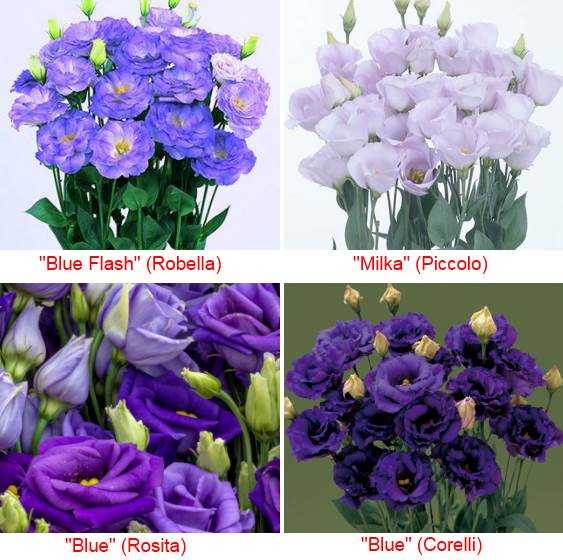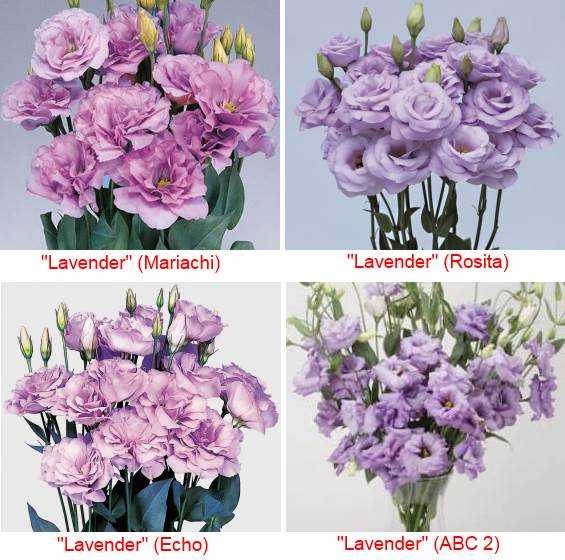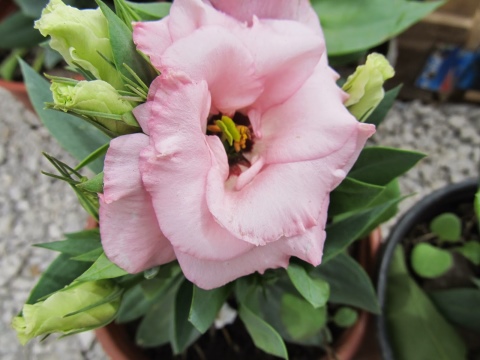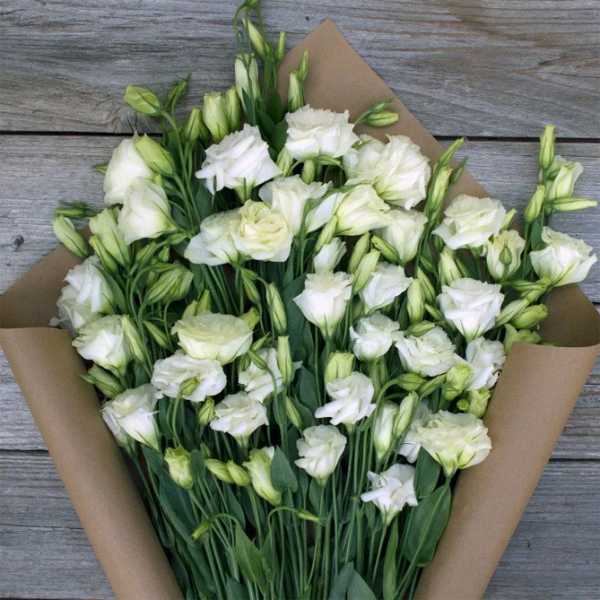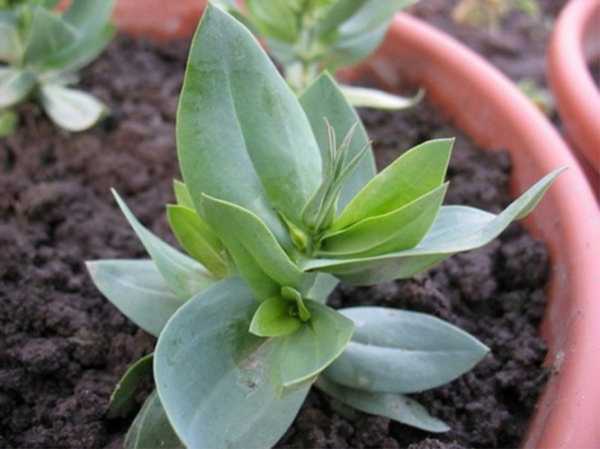OT Hybrid Care
This variety of lilies is relatively unpretentious. The bulb must be properly planted and simple agrotechnical techniques for caring for the flower must be applied in a timely manner. If you provide the plant with good conditions, some varieties can grow up to 2.5 meters. Large flowers of an adult plant reach 30 cm in diameter.
Landing
Planting can be done in spring and autumn. For spring planting, the bulbs are planted when the soil thaws. When planted in spring, Orienpet may not bloom or bloom may be weak. In autumn, planting is done in September. The bulb will have time to take root and will delight with flowers next summer.
For OT hybrids, choose a well-lit and wind-protected location. Tall stems can break under the pressure of the wind.
Planting depth is determined by the size of the bulb and should be double or triple the height. On heavy soils, the planting is shallower. The distance between the bulbs is 25 cm.
Before planting, it is advisable to place the onion in a weak solution of potassium permanganate for 20 minutes. This is done to prevent disease.
At the bottom of the hole you need to lay a "pillow" of sand and carefully place the bulb on it, straightening the roots. When planting in spring, it is watered; in the fall, it is not necessary to water the lily.
Plantings need to be mulched to protect the earth from drying out, and the roots of the Orienpet from overheating. You can plant a lily flower bed with ground cover plants.
Watering
It is desirable that the soil is slightly moist. You do not need to pour lilies, they do not tolerate stagnant water.
If there has been no rain for a long time, the Orienpet can be watered once a week, choosing for this morning or afternoon hours. The earth should dry out before nightfall. As soon as the lily has faded, watering is completely stopped.
Top dressing
Organic lilies are contraindicated, they do not tolerate "green fertilizer" well. Mineral dressing is applied 3 times per season:
- In early spring - nitrogen (urea).
- During the budding period - complex fertilizer (azofoska).
- After flowering - phosphorus-potassium (superphosphate + potassium magnesium).
In early spring, urea granules are scattered directly over the snow. In summer and autumn, it is advisable to use top dressing in liquid form, so they will be absorbed faster. For 1 sq. meter, you will need to pour out 1 bucket of nutrient solution containing:
- Summer - 1 st. a spoonful of azofoska for 10 liters of water.
- Autumn - 1 tbsp. spoon of double superphosphate and 1.5 tbsp. tablespoons of potassium magnesium per 10 liters of water.
Superphosphate must first be dissolved in hot water.
Leaving during flowering
A few simple rules will help prolong flowering and not weaken the plant before wintering:
- Remove the stamens.
- Remove wilted flowers.
- When cutting a lily for a bouquet, leave a long "stump", at least 20 cm.
Preparing for winter
When the stem turns yellow, it needs to be cut at ground level and covered with mulch - coniferous litter, dry foliage or humus. You can put spruce branches on top, but usually OT hybrids tolerate winter well without needing shelter.
Reproduction
Orienpets are propagated by bulbs and scales. Daughter bulbs are separated from the mother plant every 5 years during a lily transplant. They are planted on special ridges and carefully covered for the winter. Scales that have fallen off during transplantation can also form small bulbs.
About the origin of the species
In the wild, this plant of the Gesneriev family has existed for a long time, hiding in the rocky crevices of Brazil and other countries of the southern continent. At the end of the 18th century, a scientist from Germany, Benjamin Peter Gloxin, came across a small plant with bright, beautiful flowers in a speck. He introduced a new species to Europe, giving the flower its name.

Gloxinia beauties
Gloxinia settled on the windowsills of houses, they began to grow it in greenhouses. To create varieties, only 2 species were suitable for breeders: royal gloxinia and beautiful. But they were also able to give a gorgeous floral variety, pleasing to the eye.
A few decades after the Latin American plant came to Europe, another scientist, Wilhelm Zinning, discovered a flower unfamiliar to him in his greenhouse. Having engaged in its cultivation, the botanist gave the plant the name "sinningia", not suspecting that the culture had already been named gloxinia.

Compact sinningia
Decorative leafy species of Kislitsa
First, we will present the species that are more appreciated for the color and shape of the leaf plate.
Depp or Deppay (deppei)

A very popular look. Another name is "Four-leaf". Its leaf resembles a clover leaf, which consists of three to four parts and has a pronounced (characteristic for this species) center in the form of a violet-brown spot in the center of the leaf plate. Each rosette contains from 4 to 7 leaves, reaching a length of 4-5 cm. The whole plant is usually no higher than 35 cm. The inflorescences consist of small (up to 2 cm) flowers of a reddish-purple (crimson) color with a yellow throat.
Iron Cross

Variety "Iron Cross" (O. tetraphylla Iron Cross), bred from Deppé sour. The flowers are bell-shaped, pinkish-red in color. The peduncle is thin and long.
Triangular (triangularis) or Regnella (regnellii)

Another popular type for home growing. Its purple-violet leaves are triangular in shape on tall, thin petioles. Moreover, the leaf plate is painted in two colors: in the middle of the leaf it is bright purple, and towards the edges it is darker. The height of the bush is 15-20 cm. From a distance it seems that the bush is strewn with fluttering butterflies. The flowers are small, no more than 3 cm in diameter, lilac in color. They are collected in inflorescences of 3-4 pcs. Flowering occurs from February to August. In a large flower, many leaves hang from the pot, so this species is often used as an ampelous plant. This species is especially sensitive to low temperatures and drafts.
Varieties of Triangular Kislitsa

Butterfly (Oxalis triangularis subsp.papilionacea)
Oxalis moth, differs in the soft green color of the leaves and numerous white flowers that appear on the bush in spring and summer.

Cupido (Oxalis triangularis Cupido)
The Cupido cultivar has very dark, purple-black leaves and bright purple flowers. This contrast is impressive.

Silverado (Oxalis triangularis Silverado)
Oxalis Silverado is distinguished by green leaves with silvery specks. The petals are white.
Hedizarium (hedysaroides)

This shrub grows up to 30 cm. It has three-lobed leaves that sit on relatively short, up to 4 cm, petioles. The bard leaf has a green central vein and bright burgundy edges. It blooms with bright yellow flowers.
Succulent (succulenta)

This is a relatively tall, up to 35 cm, plant with a bizarre appearance: short, thickened petioles at their ends bear small trifoliate leaves. Olive-gray petioles are covered with a waxy coating. They are able to accumulate water in their fleshy tissues. Thanks to this, Succulent Oxygen can do without watering longer than its other relatives.
The leaves, depending on the variety, are painted in light green or bronze - green colors. It blooms with yellow small flowers, collected in rare inflorescences.
Kislitsv Gigantskaya is the largest species. It is striking in its size - it gives straight, powerful shoots up to 2 meters in height with branches slightly lowered to the bottom. The leaf plate consists of three small leaves, similar to hearts. The crown gives the impression of green lace, over which large yellow flowers rise up to 2 cm.
We transplant seedlings into the garden
You can plant lisianthus on the site as soon as the night temperatures are at least 18 ° C.The site should be well lit, preferably not in the sun itself, with good air movement, but without strong piercing winds. The soil is needed light, loose, not waterlogged.
- Shallow planting holes are dug in the ground (you need to focus on the size of the eustoma) at a distance of 20-30 cm.
- Mineral fertilizer is added to the planting pits, nitrophoska is suitable. Eustoma needs a neutral soil, so in areas with high acidity, you need to add some wood ash to the holes for planting.
- The soil in the hole is mixed with fertilizer and eustoma is planted, trying not to deepen it lower than it was in the pot.
- After planting, water the plant without wetting the leaves.
- Mulch the ground around the seedling with peat.
The soil for eustoma in the garden is mulched with peat
In the future, the process of caring for lisianthus comes down to the need for timely watering, the reference point will be the dried top layer of the earth. Loosening is imperative, this is necessary for good aeration of the root system. The varieties planted on the site usually reach a height of about 1 meter, so support will be needed. For this purpose, a bamboo support is suitable; a support with hooks for orchids will do a good job. For the entire period of stay of eustoma in the garden until autumn, complex fertilizers for flowers should be applied weekly in a slightly lower concentration than recommended.
Leaving during flowering
Depending on the variety and the timing of planting the seeds, the flowering of lisianthus begins in mid-July and lasts until September. Extremely fragile at the beginning of life, the plant develops into a powerful bush, crowned with a whole bunch of flowers. During flowering in dry weather, watering is increased, not forgetting about mulching the soil around the flowers.
However, in a rainy summer, the eustoma will be extremely uncomfortable, flowers and buds can rot from getting wet, the risk of fungal infections increases. Decaying flowers and leaves must be removed, the plant must be treated with Fitosporin or similar fungicides for prophylaxis.
Blooming flowers can be cut, at home they will stand in the water for about two weeks, and at the cut site the shoot will grow back and give new buds. The flowering of Lisianthus is long and plentiful, one shoot can give up to 30 buds, which bloom alternately.

Proper care of eustoma ensures long flowering
What to do with a perennial in autumn
Eustoma blooms for a long time, until the first frost. With the approaching cold weather, there are two options:
- Cut flowers and unblown buds, they will delight with their appearance for another two weeks, and dig up and dispose of the bush.
- Bring the bush home for storage.
If you want to grow a biennial plant, you need to ensure the wintering of the plant at home:
- Dig up Lisianthus carefully, without damaging the roots, together with an earthen lump.
- Plant in a suitable pot and place at home.
- At room temperatures, the plant will continue to bloom, after which watering should be reduced.
- Cut off the stems, leaving three internodes.
- Determine for winter storage at a temperature of 10-15 heat.
Is it possible to collect seeds yourself
You can collect plant seeds, but there is one subtlety. Sold mainly series marked F1. This letter denotes the belonging of seeds to heterotic hybrids. Such plants are either sterile, or the seeds formed by them do not carry parental traits in the second generation. That is, if you are lucky to collect the seeds and germinate them, then the result can be unpleasantly surprising - something completely different from the previous generation will grow. The best solution would be to buy new seeds for planting next year.
Care during the wintering period
- A plant prepared for wintering with cut off stems should be placed in a dimly lit place at a temperature of + 10 ° C.
- Reduce watering to one or two times a month, you can completely stop, do not feed.
- When new shoots appear on the Lisianthus, you will need to resume watering, increase the temperature and put it in a lighted place.
Gardeners, intending to grow eustoma as a biennial plant, use a more convenient method of transporting the plant for wintering without replanting. The flower is initially brought to the site in a pot, dug in, and with the onset of cold weather with the same pot, it is brought into the house. This reduces the risk of damage to the roots, the plant tolerates a dormant period more comfortably. It is impossible to leave the plant on the site in winter in Russia - this will definitely destroy it.

When planting in the ground immediately in a spacious pot, it is easy to dig up the plant for the winter
Asian popular varieties with photos and descriptions
The most popular among gardeners around the world are Asian lilies, varieties, photos and descriptions of which are discussed in this section. Flowers of this group are not demanding to care for and tolerate severe winters well. The variety of bred varieties allows you to choose lilies for every taste - dwarf and up to one and a half meters high, all kinds of flower shapes and colors, except for shades of blue and blue.
Marlene (Russian Marlene)
This variety is famous for its abundant flowering in June-July. Light green stem is powerful, 80-100 cm high. Leaves 13-15 cm long, pointed. Large flowers, reaching a diameter of 20 cm, have a very delicate color with a slight red speck in the center.

At the base of the petals, the color is cream, at the tips - deep pink. Up to 100 buds can form on one stem of a Marlene lily.
Lion Heart
The stems of this variety of lilies rise 60-80 cm and bear 10-12 medium-sized flowers (12-15 cm). The color of the flowers is provocative - black with a purple tint, and the base and tips of the petals are bright yellow. Dark purple dots are scattered throughout the petal.

Annamarie Dream
Medium-sized variety, up to 60 cm. Peduncle bears 7-9 butts. Terry flower, medium-sized, without specks, with bright burgundy stamens in the center and white or white-cream colored petals.
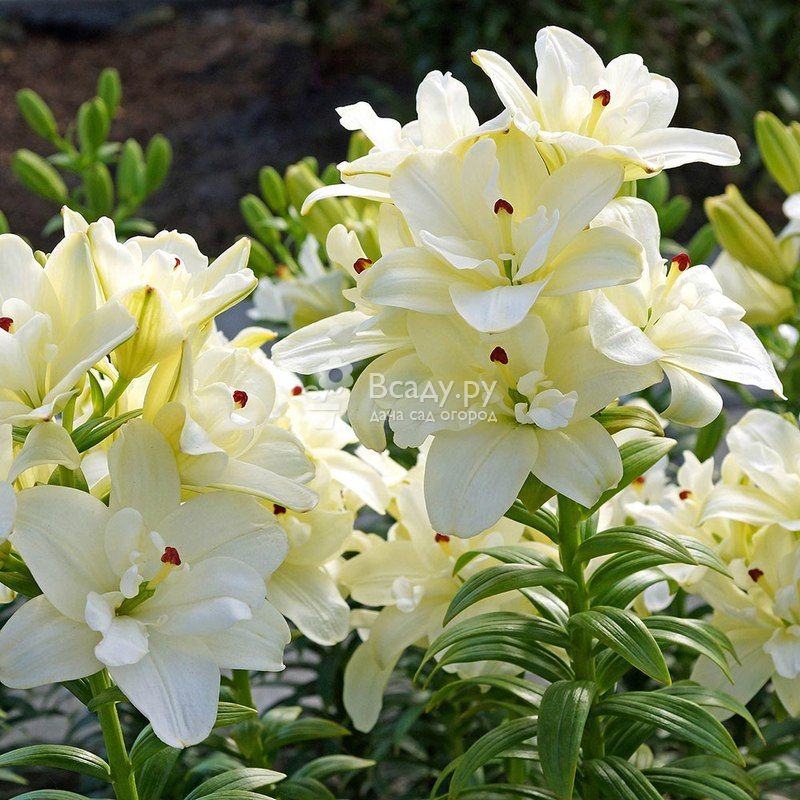
Black Out (Russian Black Out)
Tall variety, 110-125 cm. Deep red color gives flowers extraordinary beauty. The petals are glossy, with dark specks. The main vein on them is expressed in a darker color, up to blue-black.
Lollupop (Russian Lollipop)
Representatives of this variety are medium-sized (90-100 cm). Large flowers are two-colored (white in the center and with bright pink or crimson tips), without specks, located in inflorescences of 3-5 pieces. A distinctive feature of this variety is its large bulbs.

Flore Pleno
Describing the types of garden lilies, one cannot fail to mention the Flora Pleno variety. It is tall, up to 120 cm, a representative of Asian hybrids with thick double flowers and petals bent upwards. The color of the flowers is fiery orange with tiger specks all over the petal.
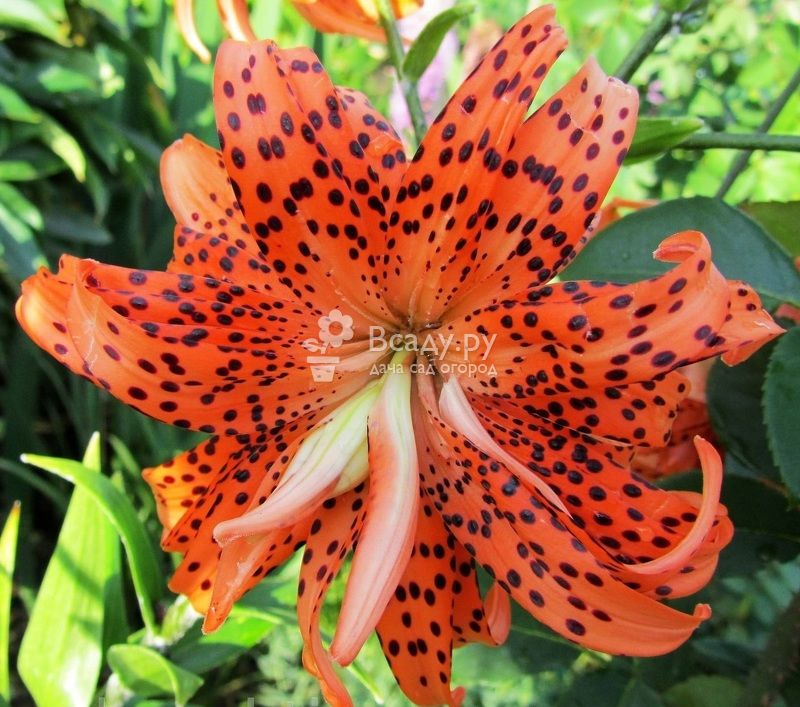
Flore Pleno blooms in July. It does not form seeds, but babies (heads, or bulbs) are formed in the leaf sinuses for reproduction.
A little about the name of the flower
Kislitsa greens have a pleasant sour taste due to the presence of oxalic acid and vitamin C in plant tissues in large quantities. This feature at one time determined the name of the entire genus. By the way, another scientific name, Oxalis, also means "sour". The people are called differently:
- Flower - "Butterfly" - for the similarity of its leaves with this winged beauty.
- Flower "Good morning". This name was given to Kislitsa for her ability to open her leaves in the morning towards the day. In the evening, she, accordingly, folds her leaves. However, the flower folds the leaves in cloudy weather, before the rain, and in extreme heat in the sun.
- Oxalis "Triangular". So it is called for the triangular shape of the leaves.
- Lucky Clover. The four-leafed Oxalis varieties resemble clover.
- "Hare cabbage". This name is due to the fact that the plant is quite edible, has a slightly sour taste of greenery.
- "Family happiness". Kislitsa cleans the air of the room from harmful substances, strengthens the health of people living in the apartment.A flower pot is often placed in the room where the patient lives, so that he recovers as soon as possible and always remains in good shape.
Reproduction of chionodox
Reproduction by baby bulbs and seeds. During the season, they usually develop 2-4 bulbs, which are planted in the fall to a depth of 5-8 cm at a distance of 5 cm from each other. The bulbs sometimes form so-called contractile roots, which extend to a depth of 20 cm and even to the sides. This is caused by young small bulbs that have not reached the flowering stage. They have a taproot, which by the time the vegetation ends and the aerial part dies off, it turns into a small, very strange-looking translucent watery "carrot".
The root increases sharply in diameter up to 10-15 mm, and then quickly shrivels and dries out. A deep hole forms in the ground. The onion has no choice but to fall into it. Thus, the plants are distributed in depth and never interfere with each other. This makes digging the bulbs a very difficult and slow job, which, due to the small size of the bulbs, cannot be mechanized. Therefore, it is better not to dig out chionodoxes, but to plant and transplant, and do this during flowering.
Surprisingly, they do not suffer at all from digging long before the end of the growing season. True, on one condition - very thin and delicate roots cannot be dried. Flowering bulbs produce several babies every year. Over time, a nest of bulbs forms. With early digging, it does not disintegrate, and this makes it possible to untangle mixtures not only in annual, but also in perennial plantings. You can dig up plants in the second half of July, after the foliage turns yellow and dries. Before planting, the bulbs are stored in a dry, dark place at a temperature of +17 ° C.
With soil sowing of seeds, young plants bloom for 3-4 years. Self-seeding is often observed, as a result of which the plants grow wild. The seeds have a fleshy formation - a delicacy for ants, which take the seeds far from the garden. Chionodox can grow for a long time without transplantation.
 Chionodox looks very natural on the lawn under the trees. Mark
Chionodox looks very natural on the lawn under the trees. Mark
Varieties
A wide variety of marsh irises can be seen in the garden. They clearly differ in aesthetic value. But the requirements for their cultivation are about the same. Such a variety as "Bastarda" definitely deserves attention. It is actively used in the northwestern part of Russia. A characteristic feature of the plant is the absence of an orange spot. The largest diameter of Bastarda flowers is from 0.12 to 0.14 m.

A unique option is the yellow-pink "Umkirch". This variety has a spot, and moreover, it is very noticeable. But the English "Holden Clow" is very wayward and highly appreciates warmth. If the ground freezes, the lilac flowers can easily die; a yellowish spot helps to distinguish them.
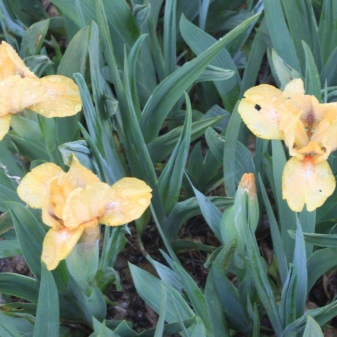

When choosing terry irises options, you need to pay attention to names such as "Sun Cascade" and "Dable Pagoda". In places with a warm climate, you can grow "Variegata" or Roy davidson, which has a very large width of glossy leaves
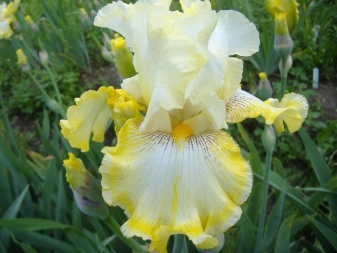

White flowers are produced by the cultivar English White. This plant is rather large in size, reaching almost 1 m in height. There are creamy notes on the white petals, and a cherry edging is located around the perimeter. With the right approach, even in Russian conditions, this culture gives 9 flowers. For comparison: in other countries, gardeners manage to get up to 15 flowers in the open air.
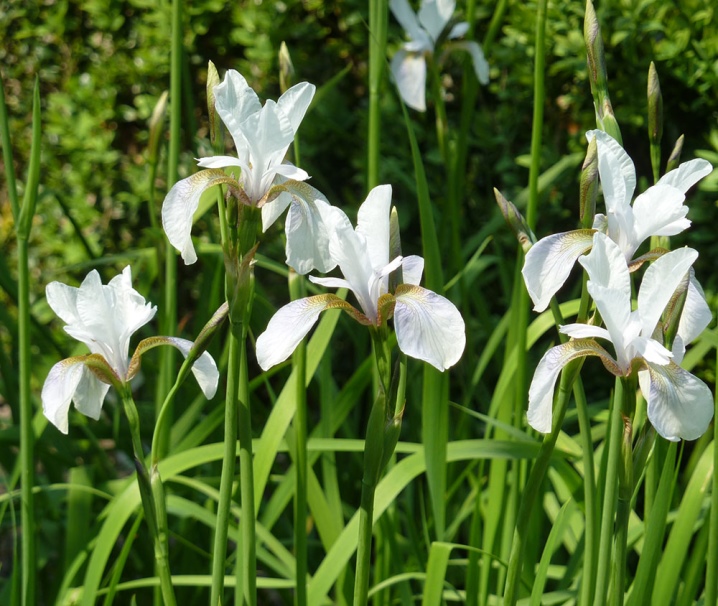
Blue and blue flowers are quite rare in marsh iris. Its most attractive options are given by 2 varieties: Vernicolor, Limbo. Vernicolor comes from North America. The flowers reach 0.05-0.07 m in diameter. They have a huge number of shades, and each of them varies very subtly.


As for the undersized varieties, first of all the famous Limbo belongs to them. Placed on a white background, blue and purple veins look very attractive.The flowers themselves have a corrugated surface. Holdens Child is similar in color. Its flowers are distinguished by a characteristic "mesh".
Lisianthus (eustoma) in nature and in design
Eustoma has many names and is also known among flower growers under the name of Lisianthus Russell, Irish, Japanese rose, Texas bell. This is a representative of herbaceous plants, biennial. Now the name Eustoma is more often used, which translated from Greek means beautiful lips. Lisianthus (translated as "bitter flower") is the name of the same genus according to the botanical classification, now outdated. Eustoma is a native of the southern regions of the United States, northern regions of Mexico, found in the Caribbean. At home, the flower is called: Texas bell, tulip gentian, and sometimes just gentian.
Described back in the eighteenth century, the large-flowered eustoma (Eustoma Grandiflorum) and Russell's eustoma (Eustoma Russilianus), as a result of the active work of breeders, gave rise to various varieties.
This botanical genus includes 3 species:
- Lesser Eustoma, Lesser Gentian, Western Gentian, Blue Marsh Eustoma (Eustoma exaltatum);
- Eustoma grandiflorum (Eustoma grandiflorum);
- Lisianthus, Eustoma Roussel, or Russell (Eustoma russellianum).
In the wild, eustoma reaches a height of 60 cm, its flowers are of various shades of blue. The stems are powerful, the elongated leaves are colored dark green, with an unusual bluish tinge. The wild plant prefers well-lit, warm places with fertile light soil. Propagated by seeds, biennial under usual conditions.
The varieties bred by breeders are pleasing to the eye with flowers of white, purple, yellow, red, apricot color. Bicolor and edged eustoma flowers look unusually impressive. The appearance of lisianthus buds is unusually similar to unblown roses, and many varieties do not lose this similarity during flowering, only they look more delicate. Elongated leaves in combination with widely branching stems, on which up to thirty delicate inflorescences ripen one by one, create a unique image of Lisianthus, a kind of simply royal. Breeders have bred varieties with simple and double petals, giving the flowers additional splendor. The delicate beauty of the plant did not go unnoticed by designers and florists, eustoma is used in the preparation of wedding bouquets, to decorate banquet halls, and to decorate special events.
Where is the best place to grow a flower
Eustoma can be grown both at home, on balconies, loggias, and in garden plots. You need to focus on the climatic conditions of the region. The flower feels good as a balcony decoration. When planting seedlings in open ground, the plant blooms until September, and when frost approaches, it can be transferred to a house where lisianthus will delight the owners for a long time.


